As any fule knows, London has a whole lot of rivers that flow through it into the Thames. Some are better known than others, the old “street of shame” is named after the River Fleet, for example. Most of these waterways are now underground, London having simply built over the top of them. If you know where to listen you can hear the old hidden rivers passing under your feet like ghosts from former times.
There’s a lovely stretch of the River Westbourne that I have recently discovered which runs the length of three Mews streets. The largely cobbled streets were built over the river that still runs beneath and you can guess its width by the distance between the two rows of houses in each Mews which would have marked the riverbanks.
It starts off at the Cleveland Terrace end of Gloucester Mews West, heading towards Chilworth Street.
At the far end it goes through the arch of the Cleveland Arms and crosses Chilworth Street.
And then heads along Upbrook Mews.
Upon reaching the end of Upbrook Mews, it crosses another street, this time Cross Craven Hill, before coming down into Brook Mews North
When Brook Mews North heads west, the river continues down towards the Serpentine and then on to the Thames.
I couldn’t hear the river along these three streets but I’m sure I could feel it moving beneath my feet as I walked their length.
IF YOU ENJOYED THIS, WHY NOT SUBSCRIBE?
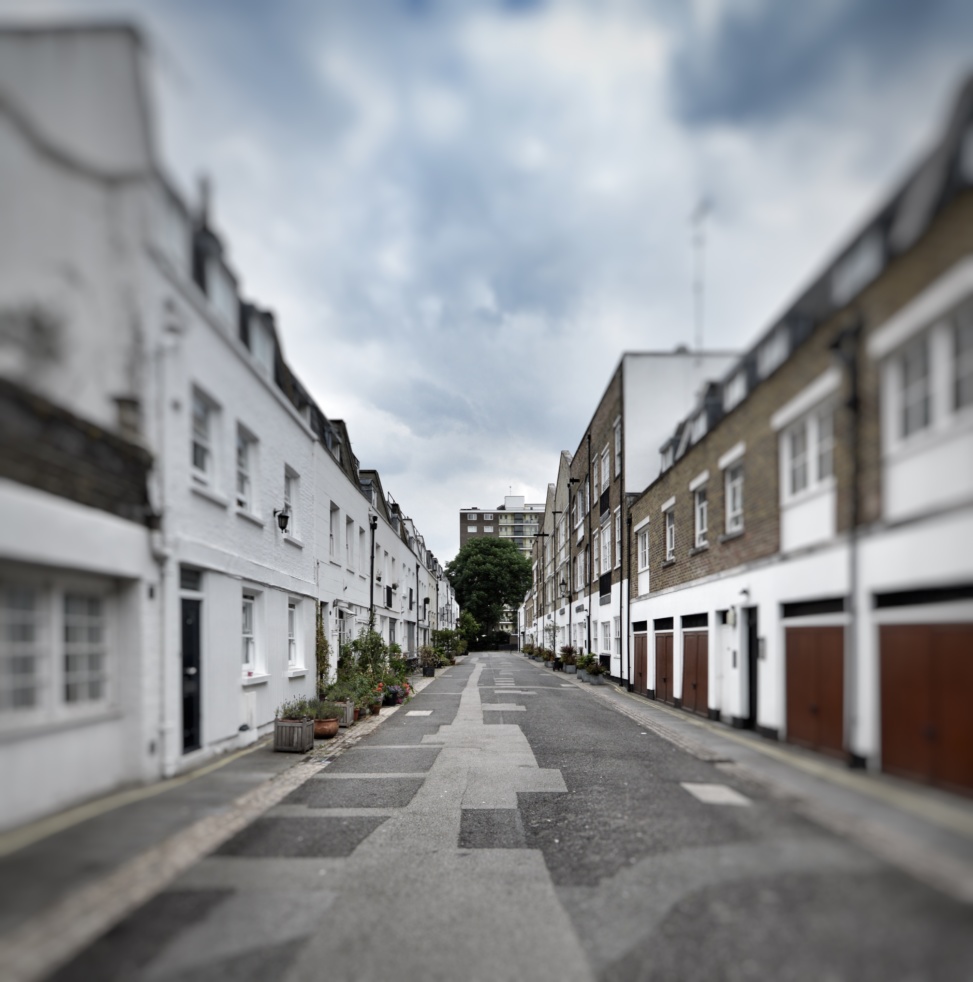
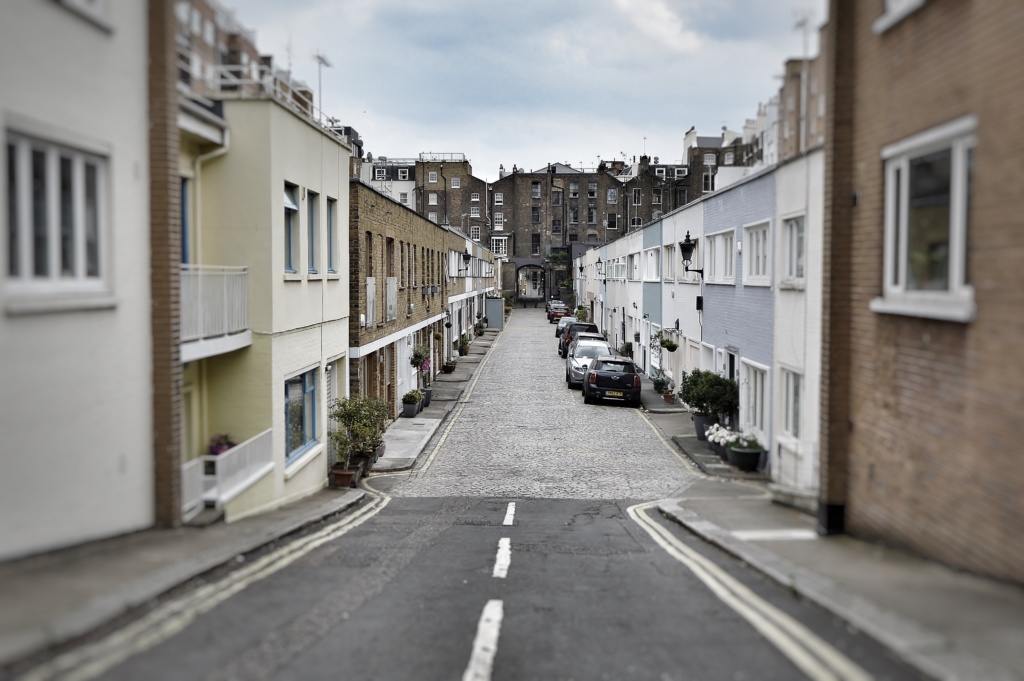
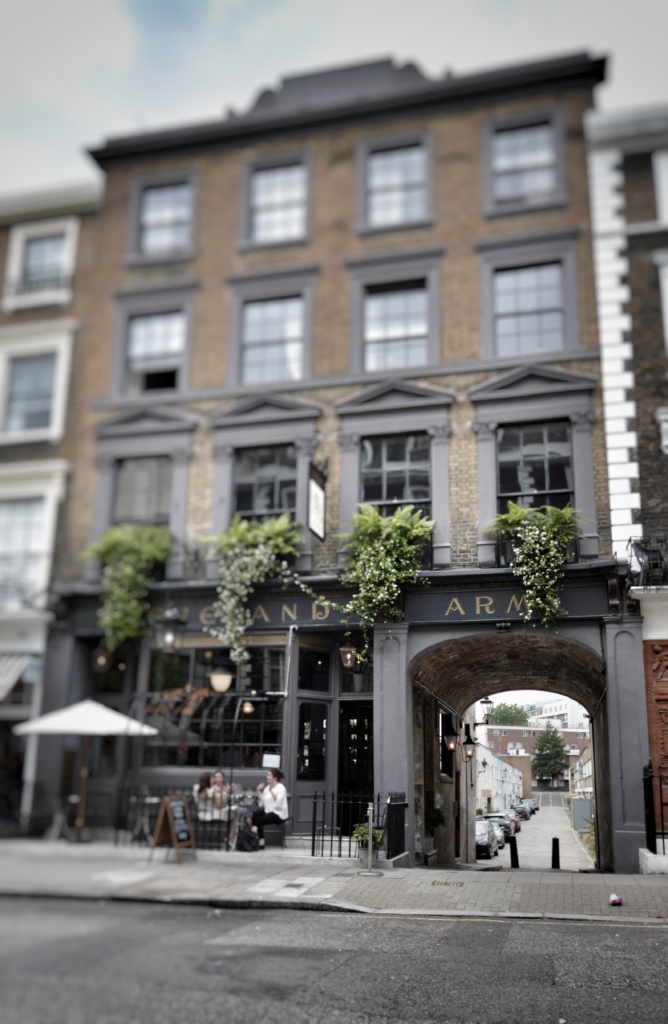
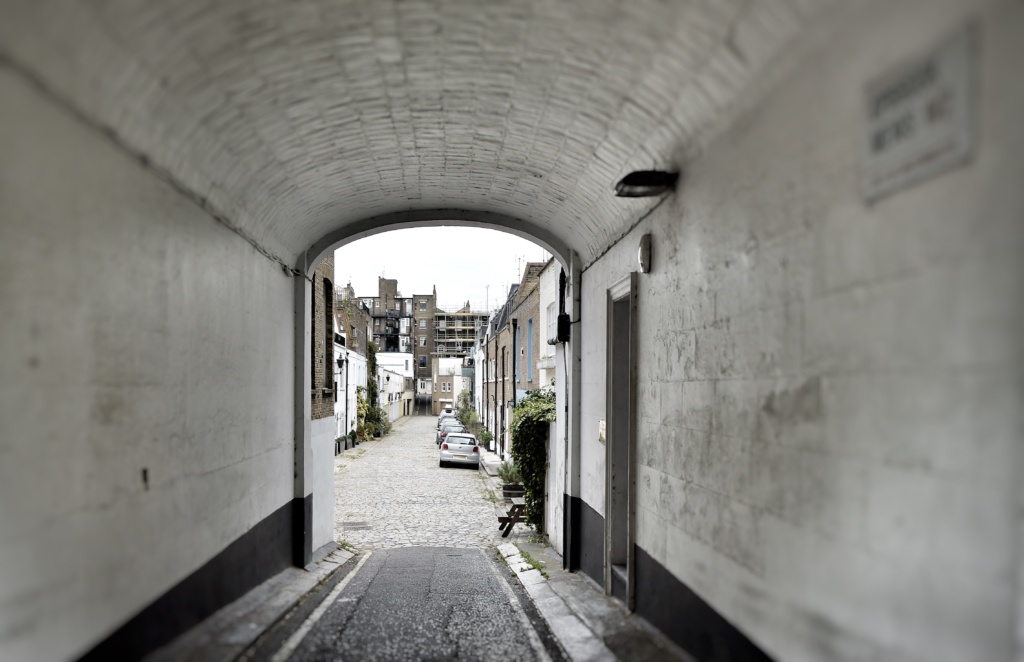
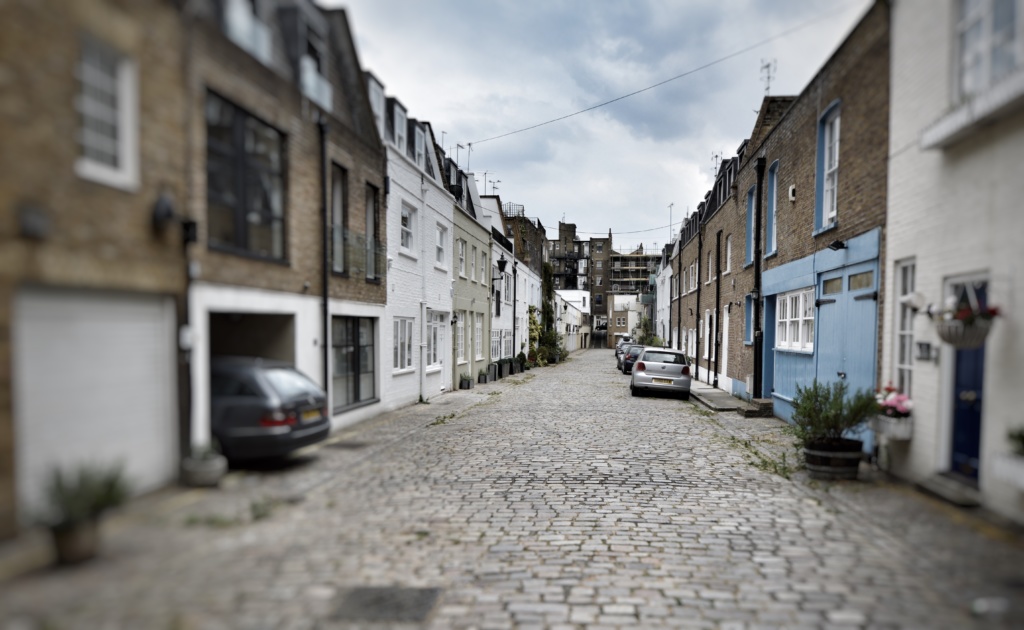
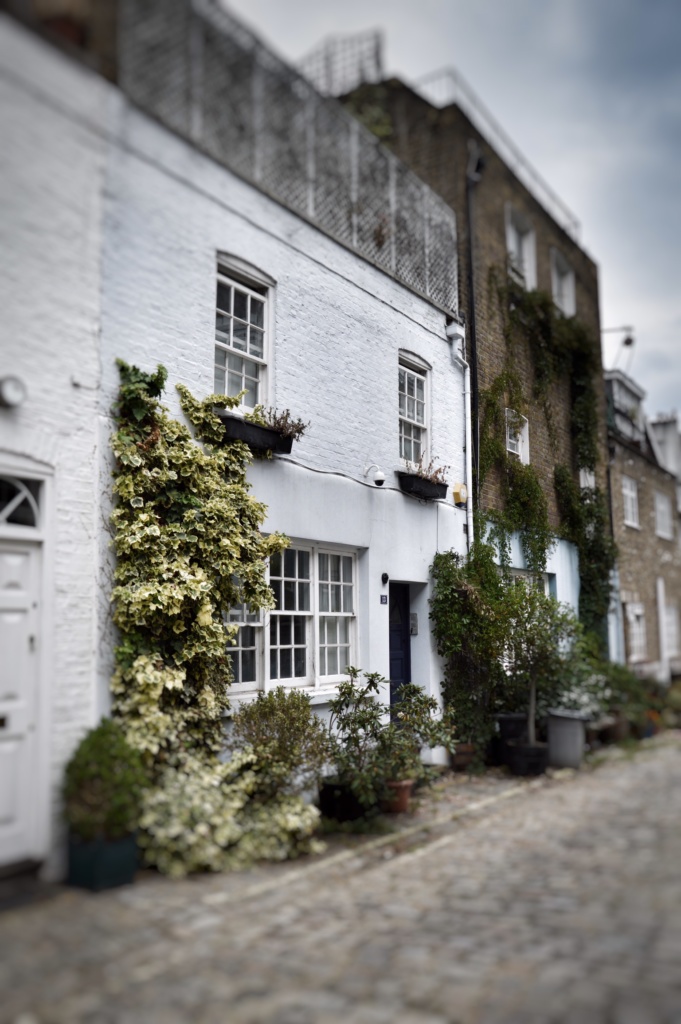
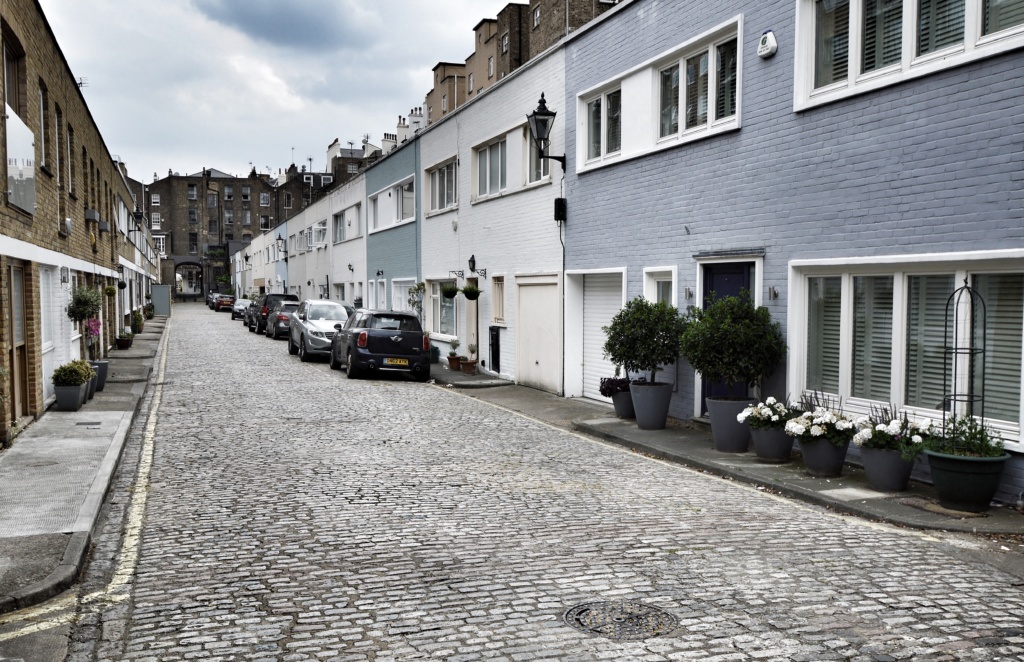
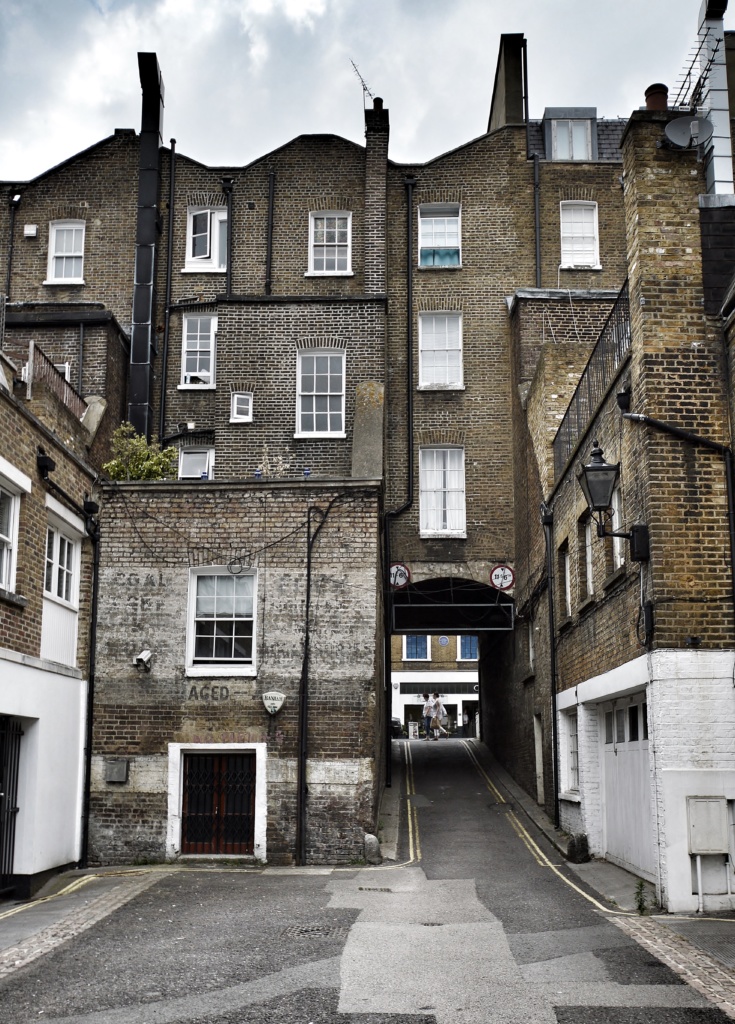
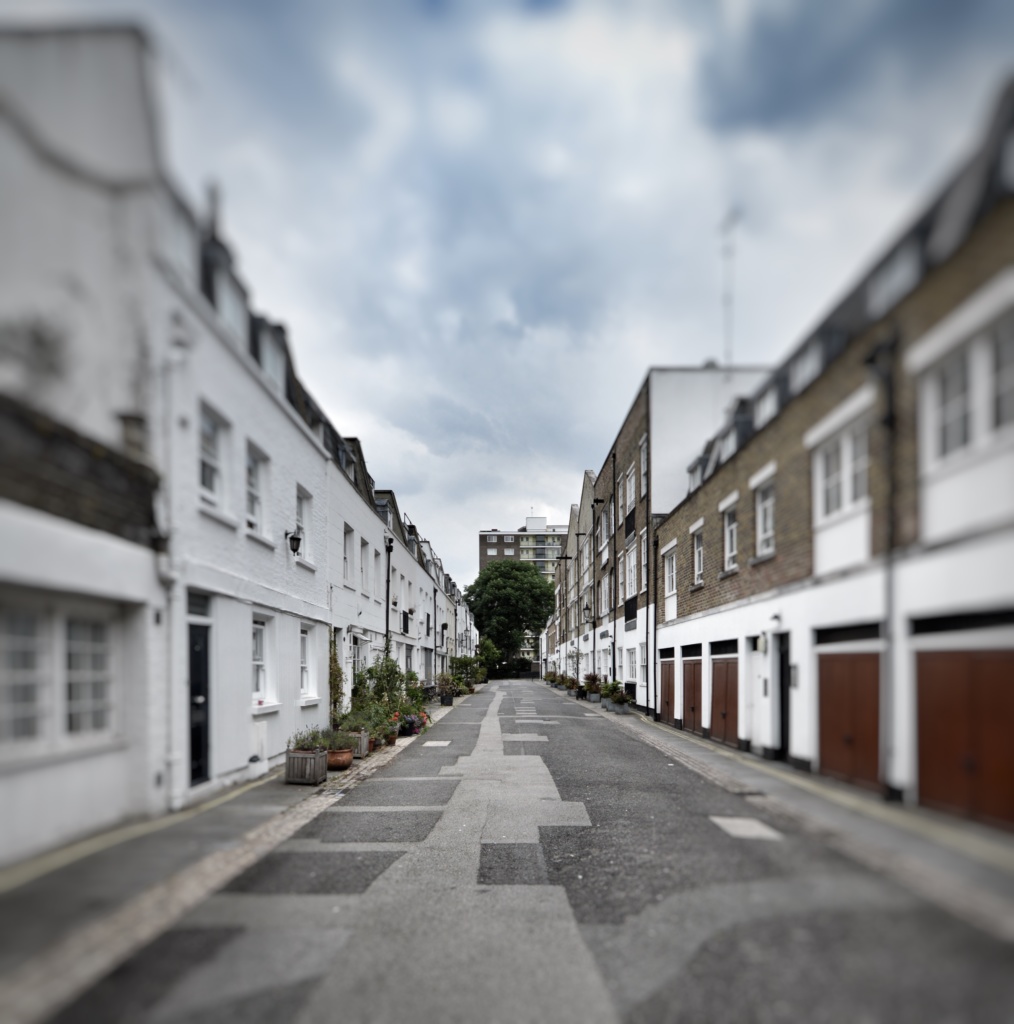
Frederick H Walsh
The maps of the 1700s make little note of any structure on the east bank of the Westbourne River in the Five Fields area, bordered by Sloane Street, Knightsbridge, Grosvenor Place, and Eaton Square; “….indeed, the clayey swamp in this particular region retained so much water that no one would build there.” Only the King’s Road (today, Eaton Sq.) crossed it, tho there were numerous footpaths infested with highwaymen, robbers, and thieves.
Time was, when here, where palaces now stand,
Where dwell at ease the magnates of the land,
A barren waste existed, fetid, damp,
Cheered by the ray of no enlightening lamp! **
Those are the words of Mrs. Gascoigne, resident of Belgravia in the mid-19th century, who wrote damningly about the Five Fields’ condition before its reclamation by Thomas Cubitt and others in the 1820s. The Five Fields was a bare, swampy ground in which there were only a few market gardens. Only the King’s Road (today, Eaton Sq.) crossed it, tho there were numerous footpaths infested with highwaymen, robbers, and thieves.
Knightsbridge crossed the River Westbourne at the present site of Albert’s Gate. Legend has it two knights met there in battle, giving the bridge it’s name. More likely it was Neyte’s bridge, the man who built the bridge.
Kinnerton street, which lies along the east bank of the River Westbourne, was built by William Seth Smith starting quite probably in 1826. It was the service road for the grand homes in Wilton Place and eventually a portion of Wilton Crescent. What are now pricey and sought after flats lining the street were once carriage houses, the stables for horses, artisans’ homes and shops, rooms for servants, small businesses and, of course, two or three pubs. The developers’ intentions were to keep the tawdriness of horses, retail, and the lower classes out of sight in streets behind the townhouses.
TheLondoni
Thanks for this Frederick.
Its funny how the houses for the lower classes of London so often become sought after by the more wealthy over time. I suppose its the effect of location, location, location (as people want to live in a particular neighbourhood) multiplied by the huge increase in population, meaning there are not enough “posh” houses to go around.